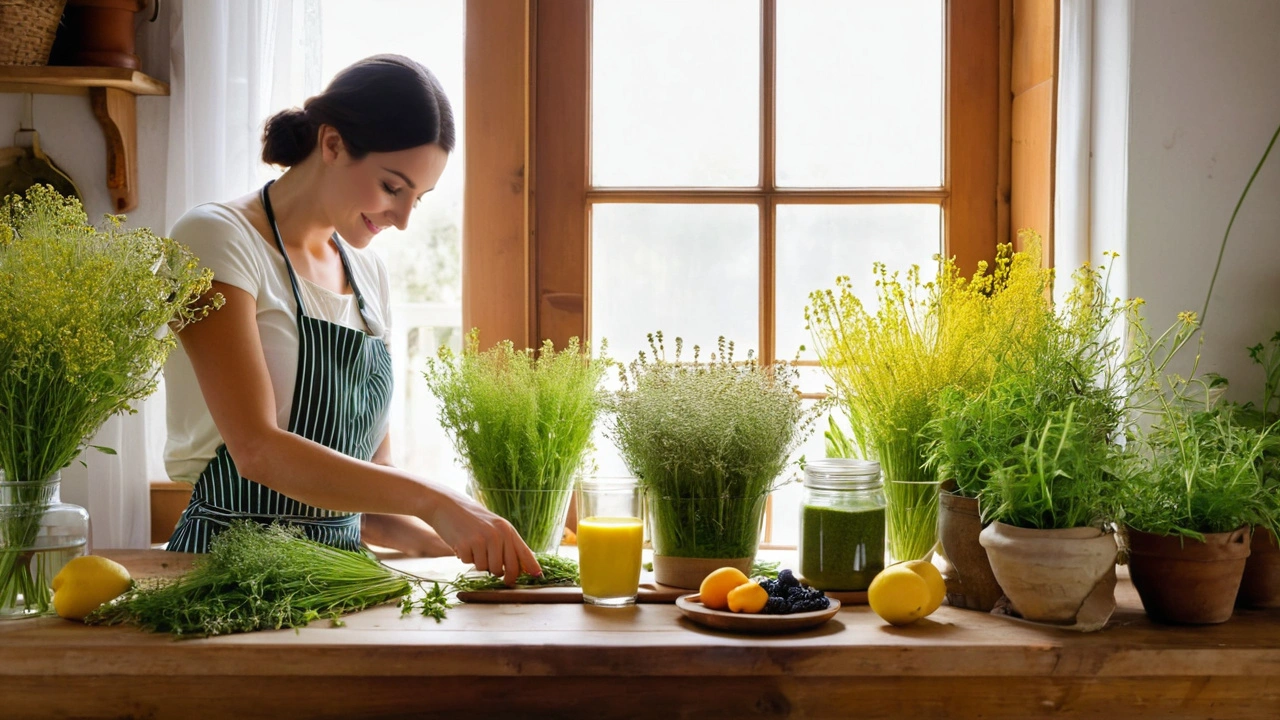Lady's Bedstraw – What It Is & How To Use It
If you’ve seen a low‑lying yellow flower on a meadow path, chances are it was Lady’s Bedstraw. Its scientific name is Galium verum, and people have used it for centuries as a herbal remedy. In plain English, the plant looks like a tiny carpet of gold and smells a bit sweet. That simple look hides a handful of uses that many still appreciate today.
Why does this plant matter? Modern users say it helps with digestion, eases skin irritation, and even supports a calm mood. The key is to treat it the same way you would any other herbal supplement – start low, watch how your body reacts, and talk to a professional if you have serious health concerns.
Traditional Uses and Benefits
Historically, folk medicine used Lady’s Bedstraw in teas to soothe upset stomachs. The plant contains compounds that can reduce mild inflammation, so a warm cup after a heavy meal might feel soothing. Some cultures also crushed the leaves into poultices for minor skin rashes or insect bites. The idea is simple: put the plant on the skin and let its natural properties calm irritation.
Another popular use is as a diuretic, meaning it can help the body get rid of excess water. People who feel bloated sometimes add a small amount to their daily tea blend. The effect isn’t dramatic, but many users notice they don’t retain as much fluid after a few days.
In recent years, a handful of wellness blogs have mentioned Lady’s Bedstraw for its mild calming effect. While the plant isn’t a sedative, some users say it helps them unwind before bedtime. If you’re looking for a gentle way to relax without reaching for strong herbs, this could be worth trying.
How to Take Lady’s Bedstraw Safely
The easiest method is making tea. Use about one teaspoon of dried herb per cup of hot water, steep for 5‑7 minutes, then strain. Start with half a cup a day and see how you feel. If there are no adverse reactions, you can increase to a full cup.
If you prefer capsules, look for products that list Galium verum as the sole ingredient. Stick to the manufacturer’s dosage recommendation – usually one or two capsules daily.
Avoid high doses if you’re pregnant, nursing, or have a known allergy to plants in the Rubiaceae family (the same family as coffee). Also, don’t mix it with strong diuretics or blood‑thinning medication without checking your doctor first. The herb is mild, but interactions can happen.
Store dried herb in an airtight container away from light and moisture to keep its potency. Fresh leaves can be frozen if you harvest them yourself; just wash, pat dry, and bag them before tossing them into the freezer.
Overall, Lady’s Bedstraw is a low‑risk plant that can add a subtle health boost when used responsibly. It isn’t a miracle cure, but as part of a balanced routine it fits nicely with other natural approaches. Try a cup, feel how your body reacts, and decide if you want to keep it in your wellness toolbox.


